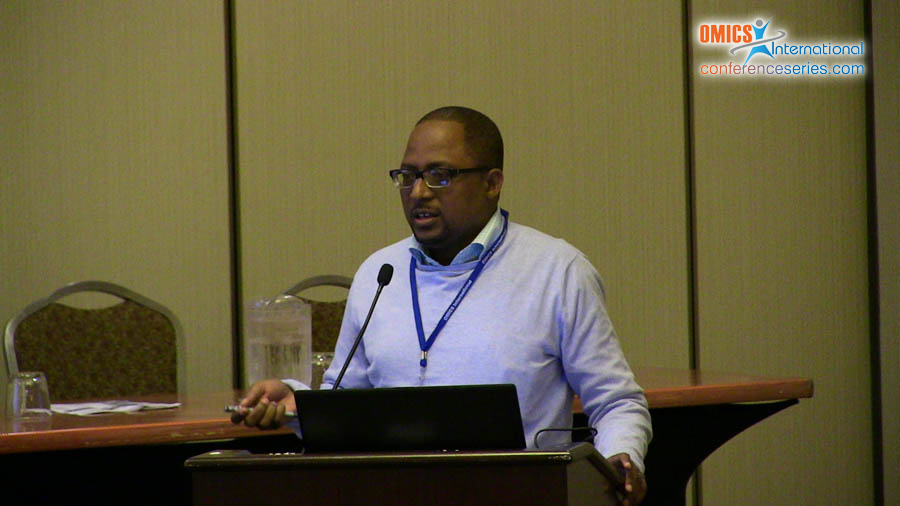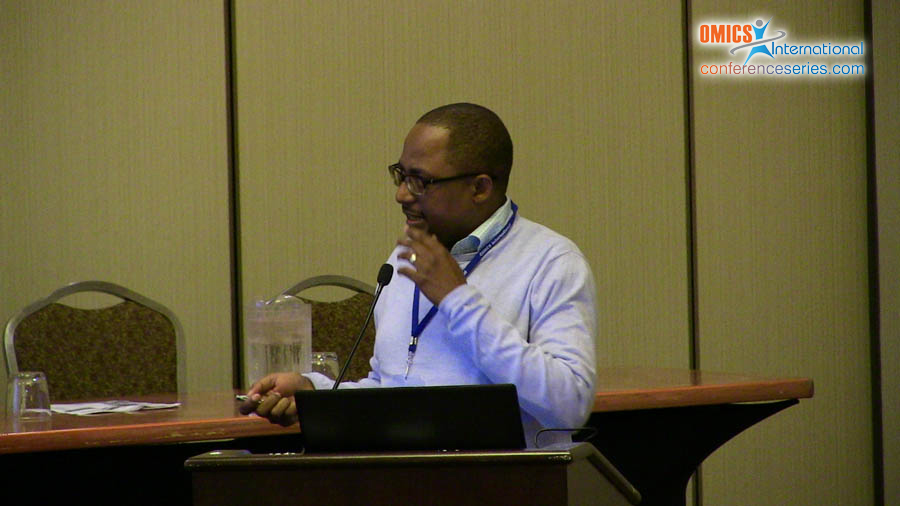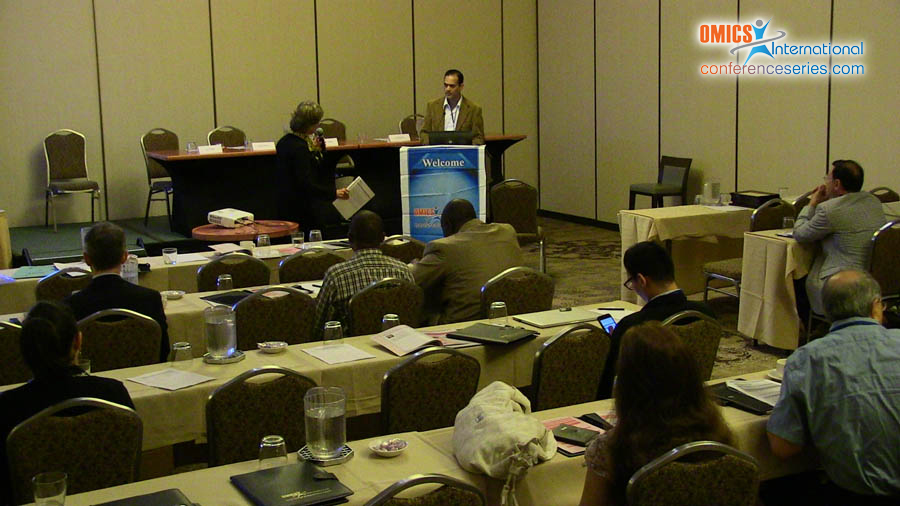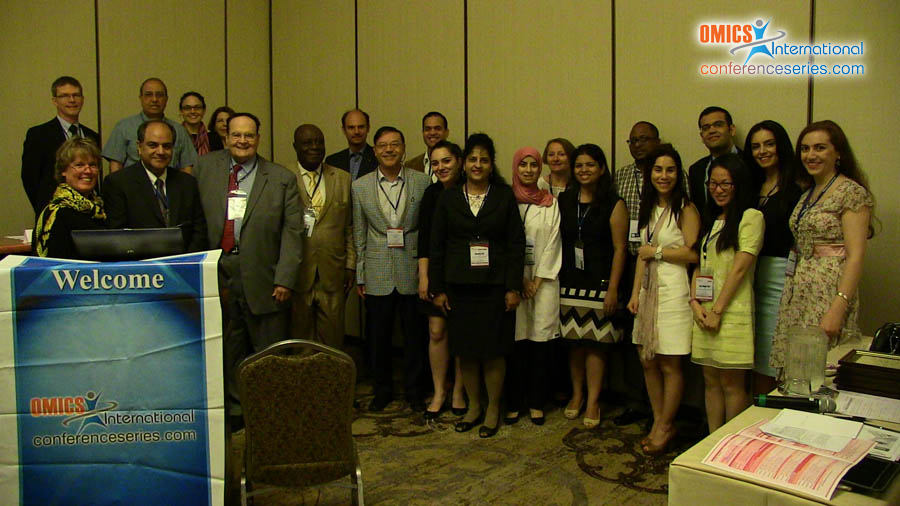
Daudi Rajabu Mavura
Kilimanjaro Christian Medical University College
Tanzania
Title: Initiation of antiretroviral therapy in HIV-infected adults with skin complaints in northern Tanzania
Biography
Biography: Daudi Rajabu Mavura
Abstract
Abnormal skin findings are identified in over 90% of human immunodeficiency virus (HIV) - infected persons globally. A prospective cohort study of HIV-infected subjects presenting with skin complaints in northern Tanzania was undertaken. Consecutive HIV- infected subjects presenting with skin complaints, who met criteria for ART initiation, were recruited at a Tanzanian Regional Dermatology Training Center. A single dermatologist evaluated all subjects; baseline skin biopsies were performed, and CD4+ cell counts and plasma HIV RNA levels were measured. All subjects received a fixed – dose combination of stavudine, lamivudine, and nevirapine. A total of 100 subjects were enrolled; 86 subjects completed six months of follow-up. Median baseline CD4+ cell counts and plasma HIV RNA levels were 120 cells/ul and 5.2 log10 copies/ml. The most common dermatological condition was papular pruritic eruption (47%). The median baseline score on the burn scale was 38%. After six months, 10 subjects had achieved the complete resolution of the skin abnormalities. In those without complete resolution, the median Burn Scale score improved to 7 %. Five patients developed new eruptions by month 3, which in two cases were attributed to drug reactions. In the 86 subjects remaining on ART after the six months, the median CD4+ cell count had increased to 474 cells/ul and plasma HIV RNA levels were <400 copies/ml in 85 ( 99%) subjects. Patients with HIV infection with skin complaints experienced marked clinical improvements following ART initiation.




